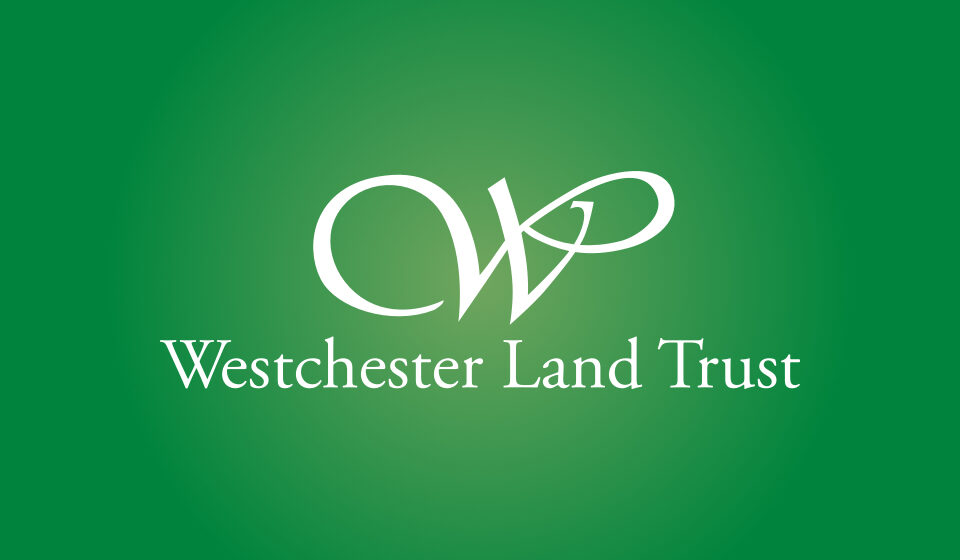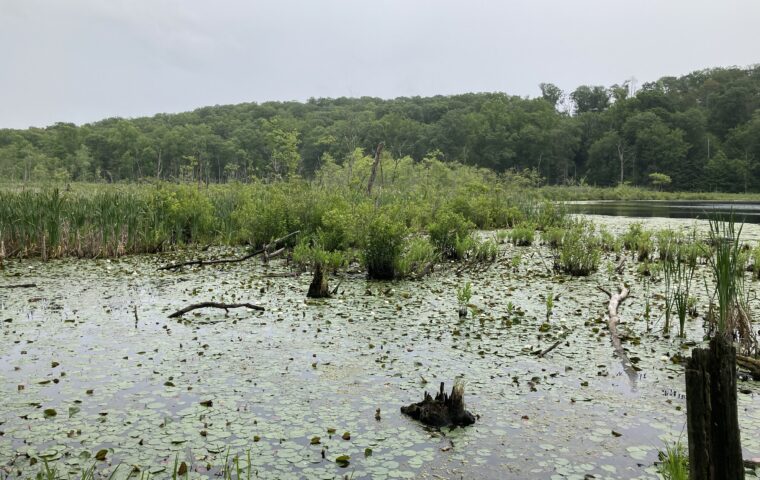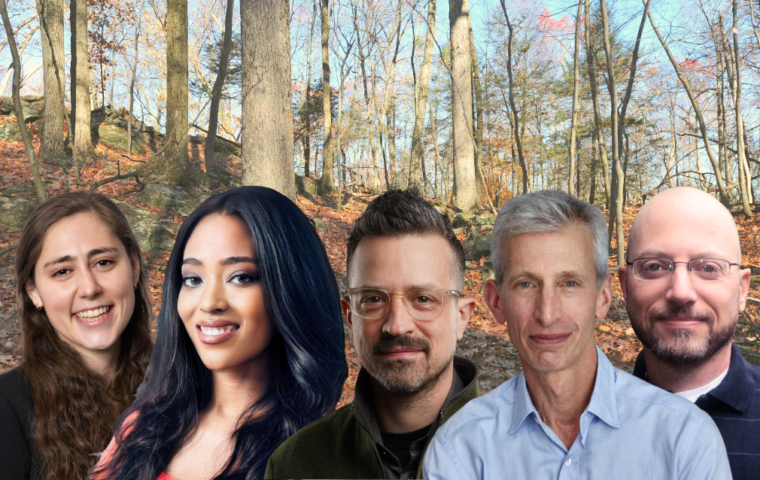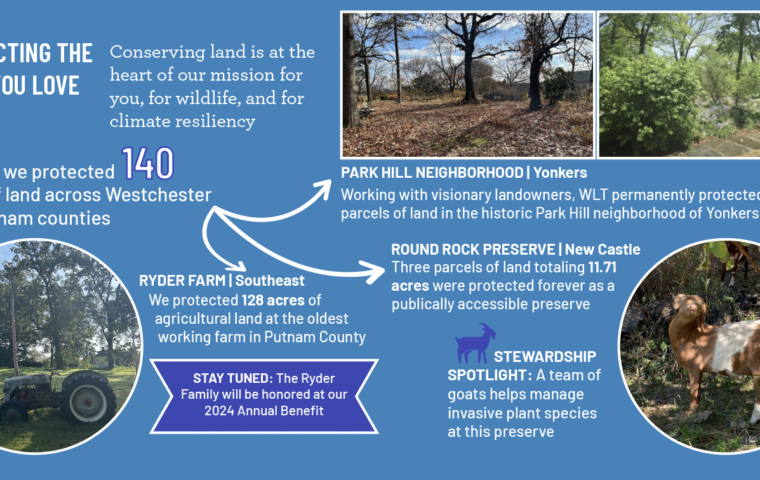
This letter was published in the Record Review March 20, 2021
As part of a global push to avoid the harshest impacts of climate change and to slow species extinctions, President Joseph Biden committed his administration to an ambitious conservation goal—to protect 30% of U.S. land and coastal seas by 2030. The science behind the plan demonstrates that 30% is needed to sustain and protect roughly 75% of the species on earth, slow climate change by storing carbon in soil and plants and protect communities from climate change-related extreme weather events.
The plan is referred to as ‘30×30’ and as a country, we have a lot of work to do to reach these targets. Here in Westchester County, we have a strong history of conservation to build upon and the ‘30×30’ plan offers a bold call for us to act to protect the land before it is too late.
According to the United States Geological Survey, the U.S. has conserved about 26% of its coastal waters but only about 12% of its land. In Westchester, we estimate that just under 20% of our land is protected, although this protected land is not evenly distributed throughout the county. This statistic may seem surprising because parts of Westchester feel very open and free from development. But it is important to realize that the land that is undeveloped today is not necessarily conserved or protected in perpetuity. And the areas most in need of open space tend to have the least undeveloped land available to protect.
Who will drive the massive conservation efforts behind the ‘30×30’ plan? To reach the plan’s targets, we cannot rely solely on federal, state, or local governments to do the heavy lifting. Nonprofit conservation groups, such as land trusts, and private landowners will play an important role. Collectively land trusts have already preserved an astonishing 60 million acres across the U.S. To put this in perspective, that is an area larger than the entire National Park System, or the states of New York, New Jersey, Connecticut, Massachusetts, Vermont, Rhode Island, and New Hampshire combined.
Land trusts typically protect land in two ways. They can acquire the title to a property by either purchasing it or accepting it as a donation from a landowner. Another method is through the use of a conservation easement, which allows landowners to keep their land while ensuring it is preserved. A conservation easement runs with the land and is a voluntary, perpetual legal agreement between a property owner and a land trust or government agency, which permanently restricts certain land uses (such as development) that would damage important ecological characteristics of the property.
With limited funds available to purchase properties, land trusts adopt conservation plans to guide them in prioritizing which lands to protect for the greatest positive impact on the surrounding ecosystems and community. Properties that expand corridors by connecting existing protected parcels are often a high priority for protection. Land is also evaluated for its climate resiliency – does it buffer communities from coastal flooding? Provide shade trees in densely populated areas? Have wetlands or woodlands that store carbon? To ensure adequate access to the many benefits of living near nature, land that is in communities that have been historically excluded from the conservation movement are of high priority and will be a key part of the ‘30×30’ success stories of our future.
Land conservation looks different in Westchester than it does in other parts of the country. The size of land parcels here are much smaller than the thousand-acre tracts our colleagues protect out west. For example, Westchester Land Trust has protected nearly 9,000 acres in our 32 years, but that is comprised of 260 separate projects. Our region’s land protection achievements might be accomplished on a smaller scale, but they will be no less important to the overall goal, and they will rely heavily on private landowners taking action to piece together a mosaic of protected land. Westchester Land Trust and other conservation organizations stand ready to guide and assist these landowners in being part of the ‘30×30’ solution.
There is no doubt that the ‘30×30’ plan is one of the boldest conservation commitments we have seen in recent decades. For many in the conservation sector, President Biden’s pledge offers overwhelming validation of the importance of our mission. His administration’s announcement confirms that we are at a conservation crossroad and it is time to take bold and strategic steps to protect our natural resources for the residents of Westchester today, and all who will come after us.
Lori Ensinger, President






